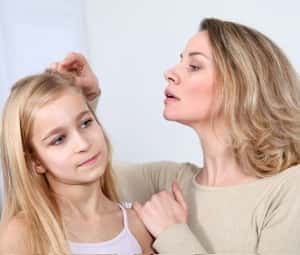
The insecticide lindane has been marketed as a lice shampoo for decades. Dermatologists assumed that it was not absorbed into the body and was safe for children.
Lindane Lice Shampoo as Carcinogen:
A new report from the World Health Organization’s International Agency for Research on Cancer has categorized lindane as a human carcinogen. In particular, animal research and epidemiological data suggest that there is an increased risk for non-Hodgkin lymphoma.
Although there are no specific studies proving that topical application of lindane lice shampoo boosts the chance of developing this dangerous cancer, it would seem prudent to limit children’s exposure to this cancer-causing chemical.
Lancet Oncology, online, June 23, 2015
Fortunately, there are many other lice treatments that can be at least as effective. We have written about prescription products such as Sklice (ivermectin), Ulesfia (benzyl alcohol) and Natroba (spinosad) here.
In addition, there are some home remedies that can be very helpful, especially when accompanied with nit removal. You can read about them here.
It seems that a bright Kool-Aid dye on the hair can help make the nits more visible. While parents might not be enthusiastic about this assistance, a middle-school aged person might love the opportunity to have bright-colored hair. It is certainly safer than using lindane lice shampoo.

